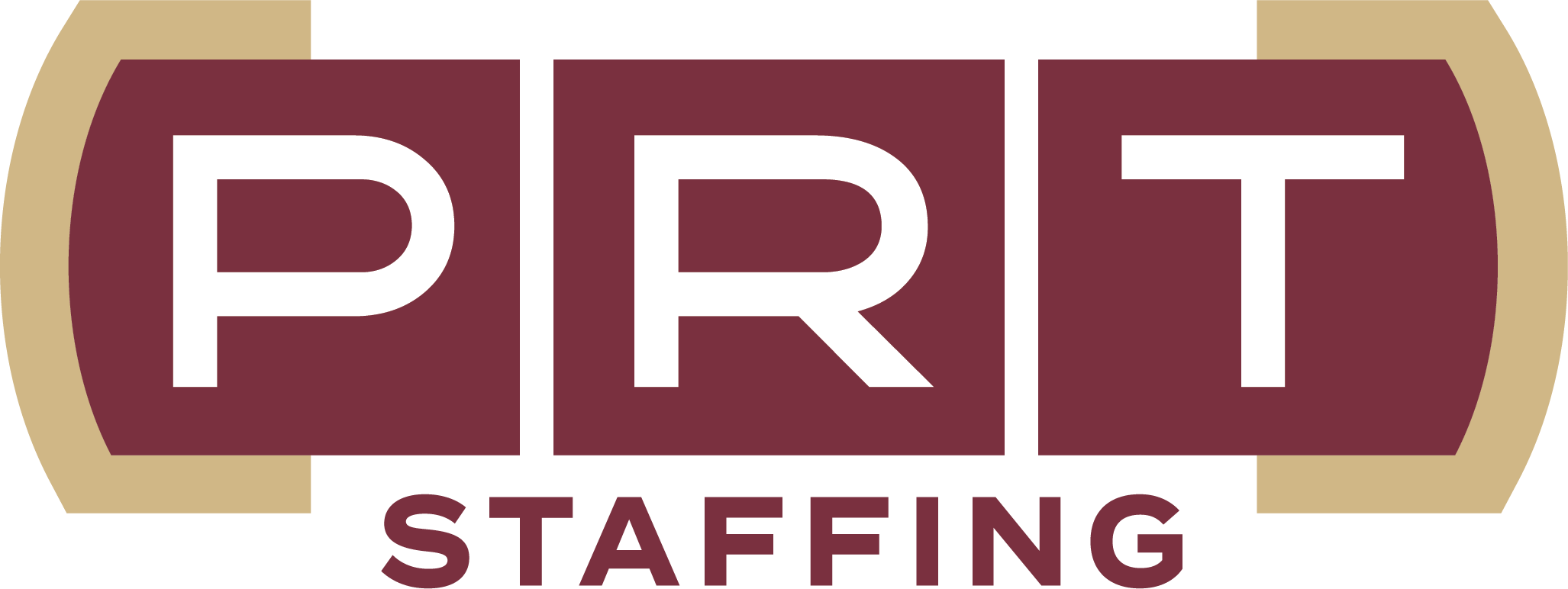Building a Better Workforce: Why Diversity and Inclusion Matter for Your Business
In today's tight labor market and competitive landscape, businesses know that building a strong, diverse, and inclusive workplace isn’t just the right thing to do, it’s also smart business.
“Increasing diversity in the workplace is a smart business decision. Research by Gartner shows that companies with diverse and inclusive cultures see more innovation, achieve better business outcomes, and exceed their financial targets,” reported the Forbes Technology Council.
The Harvard Business Review backs this up by saying that “striving to increase workplace diversity is not an empty slogan – it is a good business decision” while citing a McKinsey report that found public companies in the top quartile for ethnic and racial diversity in management were 35 percent more likely to have financial returns above their industry mean, and those in the top quartile for gender diversity were 15 percent more likely to have returns above the industry mean.
So, workplace diversity and inclusion make both sense and “cents” as in a stronger bottom line for your business.
But what exactly do these terms mean, and how can you make them a reality in your company?
Understanding the Difference Between Diversity and Inclusion
To implement or improve workplace diversity and inclusion, it is important to understand the difference between the two terms:
- Diversity: This refers to the variety of human experiences and backgrounds represented within your workforce. This can encompass differences in race, ethnicity, gender, sexual orientation, disability, age, religion, socioeconomic status, and more.
- Inclusion: Inclusion goes beyond simply having a diverse team. It's about creating an environment where everyone feels valued, respected, and able to fully contribute their unique perspectives and talents. This means ensuring equal access to opportunities, removing barriers to advancement, and fostering a sense of belonging for all employees.
Great Place to Work explains it this way: “Diversity and inclusion are two interconnected concepts—but they are far from interchangeable. Diversity focuses on representation or the make-up of an entity. Inclusion is about how well the contributions, presence, and perspectives of different groups of people are valued and integrated into an environment.”
The Benefits of a Diverse and Inclusive Workplace
There are many benefits your business can achieve by building a diverse and inclusive workplace.
These benefits include:
- Enhanced Creativity and Innovation: A diverse team brings together a wider range of experiences and perspectives, leading to more creative solutions and innovative ideas.
- Improved Decision-Making: When different voices are heard and considered, decisions are more likely to be sound and well-rounded.
- Stronger Employee Engagement and Retention: When employees feel valued and respected, they're more engaged in their work and less likely to leave.
- Enhanced Brand Reputation: A diverse and inclusive company attracts top talent and resonates with customers and clients who share similar values.
- Boosted Financial Performance: Studies have shown that companies with strong diversity and inclusion practices outperform their less diverse counterparts financially.
“Inclusion in the workplace is one of the most important keys to retention. When employees don’t feel that their ideas, presence, or contributions are truly valued or taken seriously by their organization, they will eventually leave,” says Great Place to Work. “Having an inclusive workplace culture will not only help you attract a diverse set of talent but also help you retain the diverse talent you attracted in the first place.”
Great Place to Work research on company culture shows that when employees trust that they, and their colleagues, will be treated fairly, regardless of race, gender, sexual orientation, or age, they are:
- 9.8 times more likely to look forward to going to work.
- 6.3 times more likely to have pride in their work.
- 5.4 times more likely to want to stay a long time at their company.
Examples of Diversity and Inclusion in Action
Perhaps it’s best to look at some examples of diversity and inclusion in action to gain a better insight:
- Diversity: A tech company actively recruits female and minority engineers to address the industry's gender and racial imbalance.
- Inclusion: A restaurant chain provides unconscious bias training for its managers and implements flexible work arrangements to accommodate diverse needs.
- Diversity: A global bank offers language classes and translation services to ensure all employees feel comfortable communicating and participating in meetings, regardless of their native language.
- Inclusion: A manufacturing company implements flexible work arrangements, including childcare subsidies and on-site daycare options, to support working parents and caregivers, both male and female.
- Diversity: A non-profit organization actively seeks board members from different socioeconomic backgrounds to ensure its programs are truly reflective of the communities it serves.
- Inclusion: A software development team adopts pair programming where engineers from different backgrounds and skill levels work together, fostering mentorship and learning opportunities for all.
10 Best Practices for Building a Diverse and Inclusive Workplace
If you want to build a diverse and inclusive workplace, try these 10 best practices:
- Set clear goals and metrics: Define measurable objectives for increasing diversity and inclusion and track progress regularly.
- Diversify your recruitment and hiring practices: Actively seek out candidates from underrepresented groups and use inclusive language in job descriptions.
- Create an inclusive and respectful workplace culture: Implement policies against discrimination and harassment and promote open communication and feedback.
- Empower Employee Resource Groups (ERGs): Encourage the formation of groups where employees with shared backgrounds can connect and support each other.
- Provide unconscious bias training: Help employees identify and address their own biases to create a fairer and more equitable environment.
- Offer diverse leadership development opportunities: Ensure that employees from all backgrounds have access to training and mentorship to rise through the ranks.
- Review and revise your company policies: Regularly assess your policies and procedures to ensure they are inclusive and equitable.
- Celebrate diversity and inclusion: Organize events and initiatives that showcase the diversity of your workforce and promote cross-cultural understanding.
- Lead by example: Executives and managers should actively champion diversity and inclusion through their own words and actions.
- Make it an ongoing process: Building a diverse and inclusive workplace is a continuous journey, not a one-time effort. Commit to ongoing learning and improvement.
By embracing diversity and inclusion, your business can unlock a wealth of untapped potential, build a stronger team, and achieve lasting success. Remember, it's not just about doing the right thing, it's about building a thriving, forward-looking organization where everyone can bring their best selves to work.





